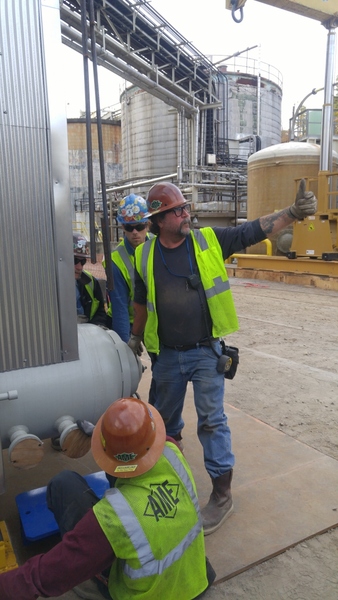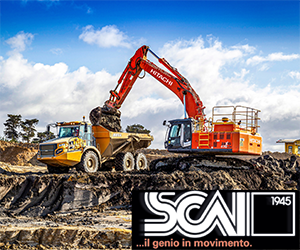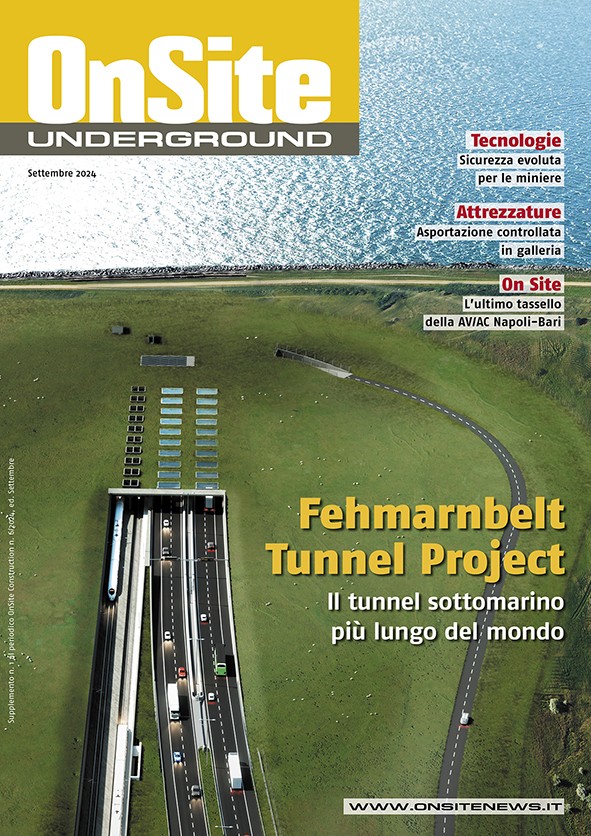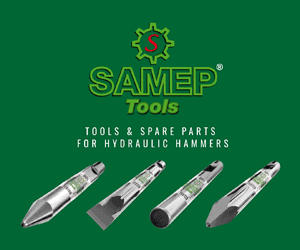Home \ International \ AME Inc. skids boilers at packaging plant
AME Inc. skids boilers at packaging plant
03/01/2017
Pubblicato da Redazione
Lifting and rigging specialist AME Inc. used a 300 ton capacity Hydra-Slide heavy track skidding
Lifting and rigging specialist AME Inc. used a 300 ton capacity Hydra-Slide heavy track skidding system to position two 160,000-lb. boilers inside a packaging manufacturing facility at the base of the Smoky Mountains in North Carolina, USA.
Evergreen Packaging Inc., which produces sustainable, eco-friendly paper and fibre-based products for the food, printing and publishing industries, awarded AME the task of receiving the boilers from a railcar via the onsite rail line, move them to their final position inside the mill and complete their installation by assembling the associated components, all whilst the Canton-based mill remained operational.
AME used a gantry system and a 500 ton capacity Grove GMK 7550 mobile crane to unload each boiler, rotate the units 90 degrees and set them onto the HT300 Hydra-Slide system. The 48 ft.-long, 12 ft.-wide, 16 ft.-high boilers were then skidded 200 ft. under the existing utility trusses and through an alley into the construction site, where a second gantry system lifted them onto their respective foundations. The project presented a number of complications, as Jason Walker, senior project engineer at AME, explained. First, the boilers had to pass through an opening that was 14 ft. wide and 17 ft. high with clearances of only a few inches on each side and to the pipe gallery above.
Additionally, Walker said, “Continued use of the onsite rail lines had to be maintained to allow uninterrupted operation of the facility and the weather could not impact the already tight installation schedule either. The proximity of hazardous materials in chemical storage also necessitated that every crew member had to carry emergency evacuation respirators throughout the process”. Robert Young, director of operations at Hydra-Slide, was present for the initial phase of the project, which covered the slide and placement of the first boiler. The HT300 was onsite for approximately one month, including a week for delivery and assembly, two weeks in use and a final week for disassembly and load out.
It took around three days to move each boiler from the railcars to the foundations—much faster than would have been possible with alternative methods. Walker said there were coordinated schedule adjustments due to ongoing operation of the mill, such as trains coming through the work area as well as steel and piping deliveries for other trades. However, even with such adjustments and leap-frogging the track, the 200 ft. was traversed in about six hours.

Ultime notizie di OnSite News

Earthmoving Machinery
03/12/2024
XCMG with innovative products at Bauma China 2024
XCMG Leads Industry Development with Intelligent, Digital, a...

Earthmoving Machinery
25/11/2024
Prinoth Unveils Expanded Production Facility in Granby, Canada
Prinoth held an event to announce the official opening of it...

Logistics
22/11/2024
Sarens acquires additional SCHEUERLE SPMT K24 modules
renowned for its expertise in crane rental services, heavy l...
Equipments
21/11/2024
SITECH partners with Royal Engineers to create poppy and demonstrate tech offering
The demostration involved creating a ground-level poppy desi...

Earthmoving Machinery
20/11/2024
Strong and stable RA30 trucks carry the weight at New Caledonian mine
Three Rokbak RA30 trucks are delivering exceptional durabili...

Lifting
20/11/2024
Tadano AC 7.450-1 Performs Double Duty in Wisconsin
A cost-saving and versatile solution was already on site - a...
Altri International

International
03/12/2024
Manitowoc launches largest topless tower crane from Asia Range: the Potain MCT 2205
• With an 80 t maximum capacity and an 80 m jib, the new cra...

International
03/12/2024
XCMG with innovative products at Bauma China 2024
XCMG Leads Industry Development with Intelligent, Digital, a...

International
02/12/2024
With MB Crusher the tradition meets innovation
The ancient art of dry stone walling has found a new ally to...
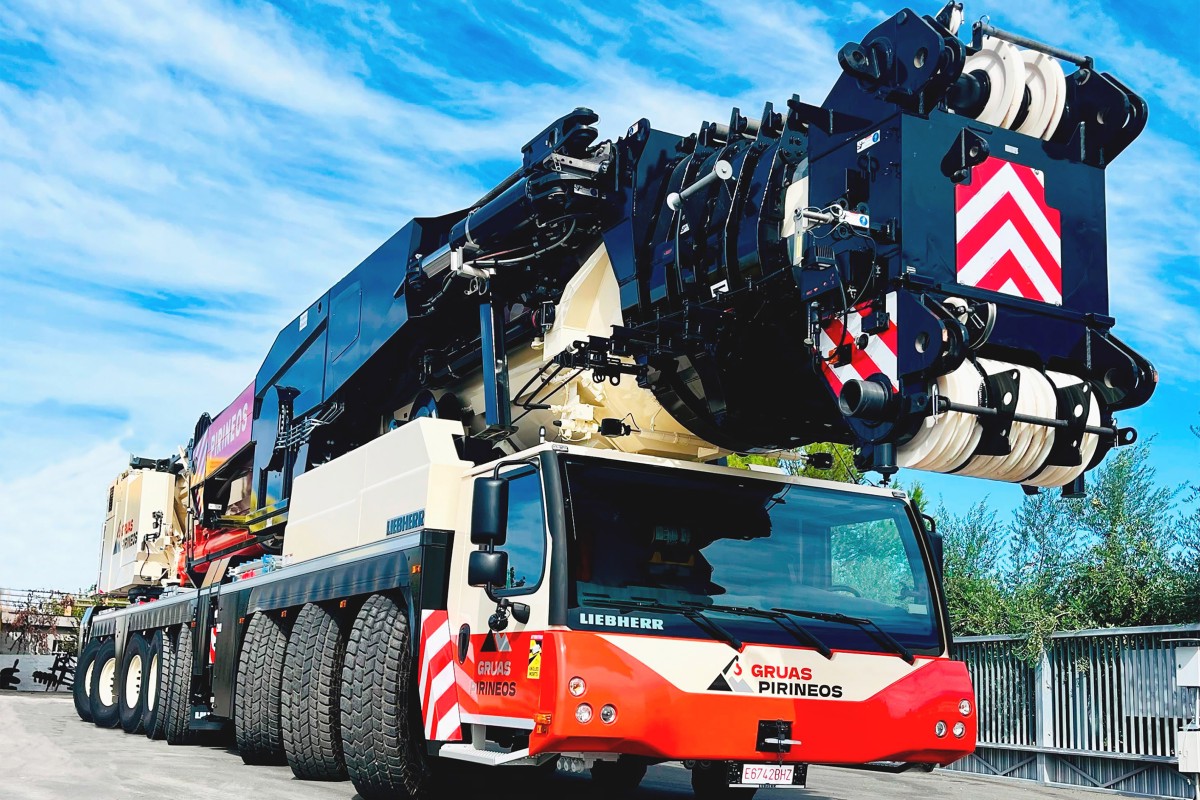
International
29/11/2024
Grúas Pirineos invests in a Liebherr LTM 1650-8.1 mobile crane
For Grúas Pirineos, the purchase of its first Liebherr mobil...

International
28/11/2024
Hitachi's Zaxis-7 excavator is a favourite for Norwegian family-business
Norwegian family business JO Moen AS has added a ZX225USRLC-...
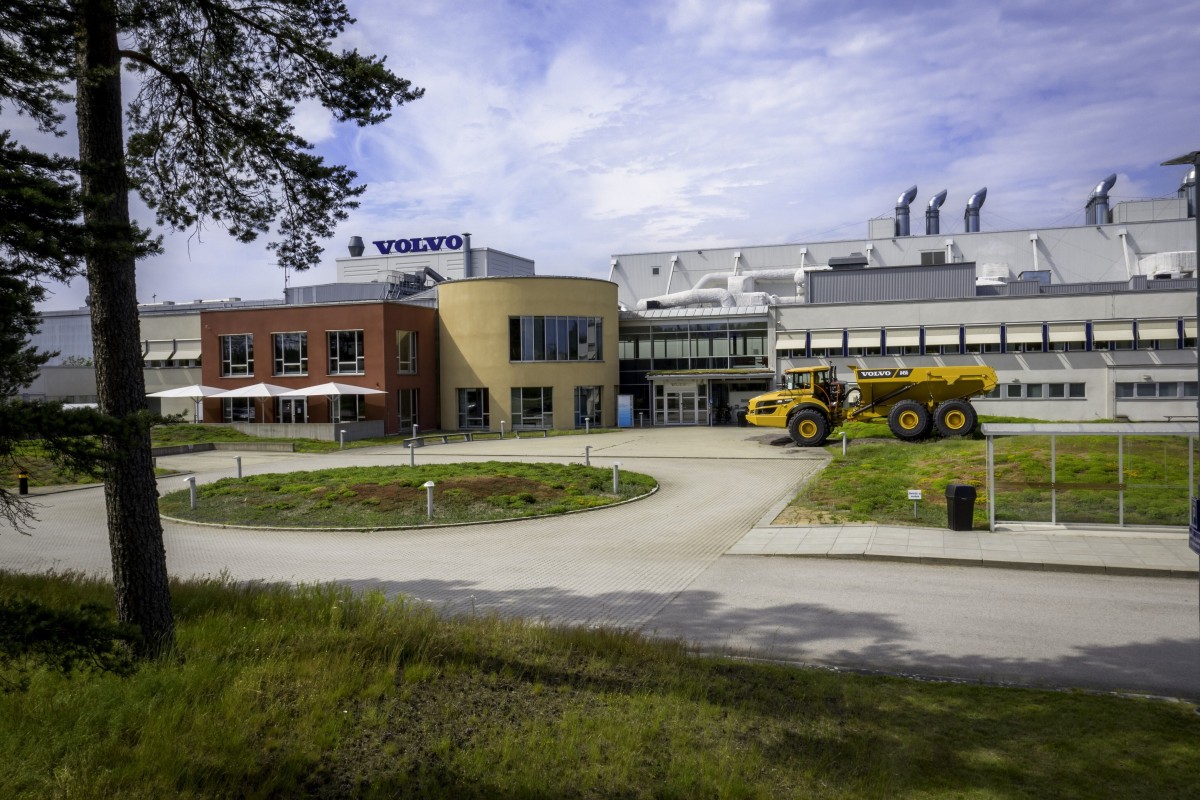
International
27/11/2024
Home of Volvo Construction Equipment’s pioneering articulated haulers advances to Climate Efficient Site
As one of the construction industry’s most active drivers of...











